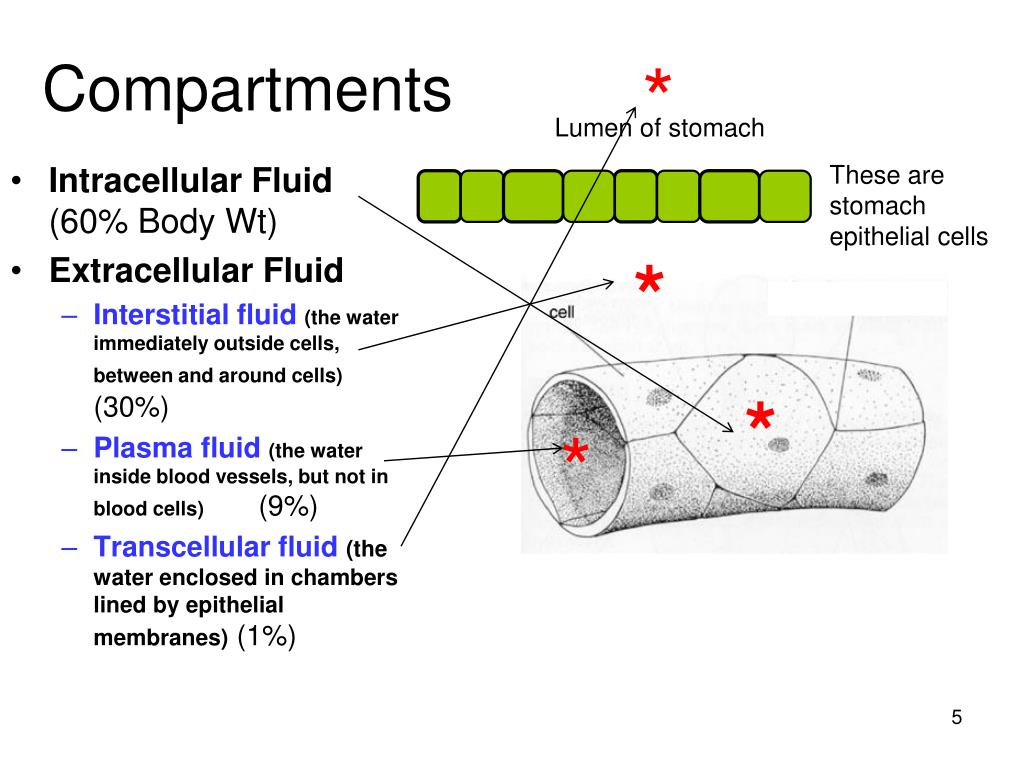

Studies suggest that there is around a 20mg/dL difference between arterial and venous blood glucose.Ĭapillary blood glucose levels at the fingertip (fingerpick test) have been shown to correlate well with systemic arterial blood glucose levels.

Blood glucose fluctuates throughout the day, particularly after eating a meal. Glucose Reading through Blood Glucose Metreīlood glucose concentration is a marker of the total current available glucose in the blood. This can range anywhere between 5-25 minutes and is the reason why a pinprick test is taken directly after eating or exercising will show a different result to a CGM reading. A time lag is simply the period of time in which blood glucose transitions between the bloodstream into the interstitial fluid. There is a small delay when checking fluid readings, especially after eating or exercise, known as a ‘time lag’. The movement of glucose from the blood to the interstitial fluid can be influenced by multiple factors such as the metabolic rate of surrounding cells and insulin sufficiency. Upon entering a cell (such as a muscle cell), it becomes ‘trapped’ and is not able to return to the interstitial fluid or the bloodstream. Once glucose enters the interstitial fluid, it is transported into the body’s cells. (Concentration gradient is the difference in the concentration of a substance between two areas). Blood helps transport glucose to the body’s cells.įrom the blood, glucose moves freely and directly via a concentration gradient into the interstitial fluid. It conveys oxygen and nutrients to the cells. The interstitial fluid is the fluid between blood vessels and the cells of the body. Related: Workout Spikes: Exercise Induced Gluconeogenesis One can even gauge the impact of stress and sleep on glucose levels. These spikes in glucose levels can follow consumption of specific meals or medications as well as exercise. Applying a drop of blood to a test strip yields an instant result.īy monitoring interstitial glucose levels over long periods of time, results can show themes or trends which spike glucose levels. This differs from glucose metre readings, which detect the level of glucose in a person’s blood following a pinprick test. They monitor the level of glucose within the interstitial fluid, as opposed to glucose in the blood. Glucose Readings through Interstitial fluidĬGM devices are active throughout the day and night. However, blood plasma is confined to only the blood vessels. Interstitial fluid is similar to blood plasma since the two continuously exchange substances across capillary walls. When new fluid replaces the old fluid, it drains to the lymph vessels and becomes tissue fluid, also known as lymph. It is responsible for bringing oxygen and other nutrients into the body’s cells and helps to remove waste products from them. The interstitial fluid surrounds and bathes every cell of the body. It is made up of water, amino acids, sugars, fatty acids, coenzymes, hormones, neurotransmitters, salts and cellular products. Interstitial fluid is the liquid that fills spaces between cells. Related: Blood Sugar Hacks from Joel Pinto’s CGM Playbook What is Interstitial Fluid? The results can be assessed live on an app or via a receiver. People generally measure their blood glucose levels with a glucose metre or through an HbA1c test in a lab.Ĭontinuous glucose monitoring (CGM) devices do just that, by deploying tiny sensors that are worn either on the tricep or the stomach to monitor glucose levels of the interstitial fluid. Tracking our blood glucose levels can help us correct our course and make changes in our fitness or fueling routine with the aid of a nutrition/healthcare professional. Monitoring our blood glucose levels is the first step towards regulating them. Glucose readings through blood glucose metres, What is interstitial fluid and what are how will the glucose readings through interstitial fluid help,


 0 kommentar(er)
0 kommentar(er)
